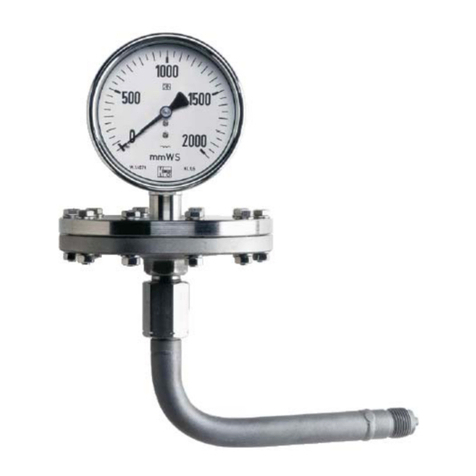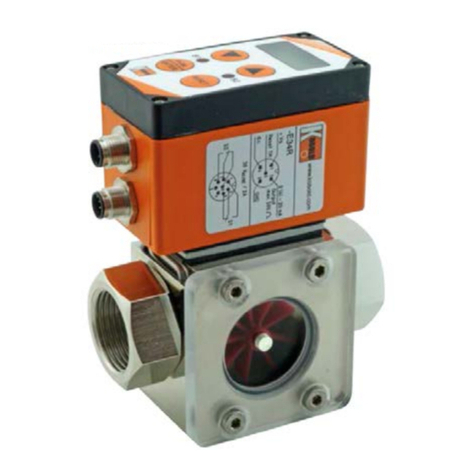Kobold AFH-G User manual
Other Kobold Measuring Instrument manuals

Kobold
Kobold Heinrichs K12 User manual
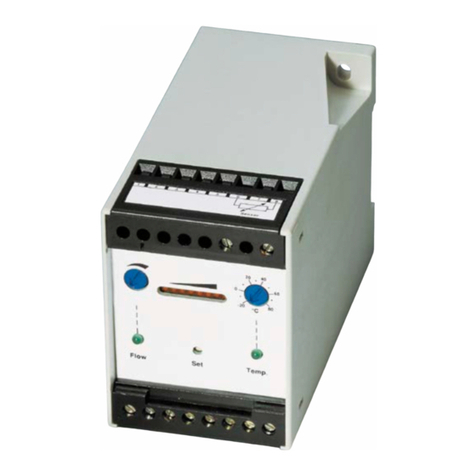
Kobold
Kobold KAL-E EX Series User manual
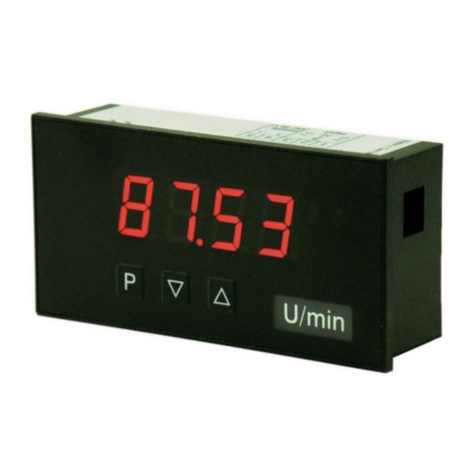
Kobold
Kobold DAG-A4B Series User manual

Kobold
Kobold MAS User manual
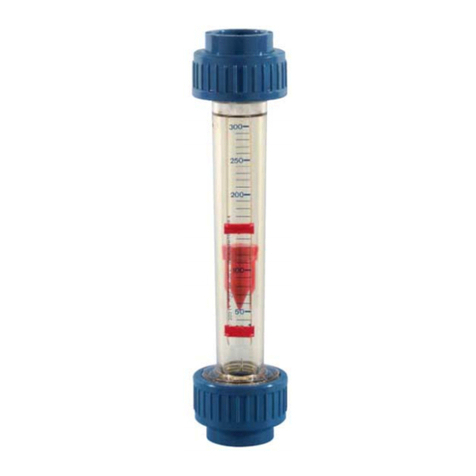
Kobold
Kobold KSK User manual
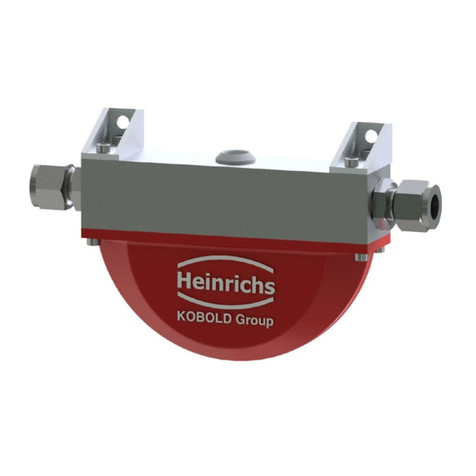
Kobold
Kobold HPC-S02 User manual

Kobold
Kobold MAN-SD series User manual
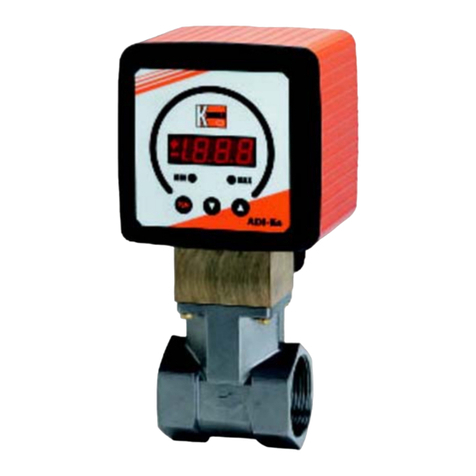
Kobold
Kobold DPT Series User manual
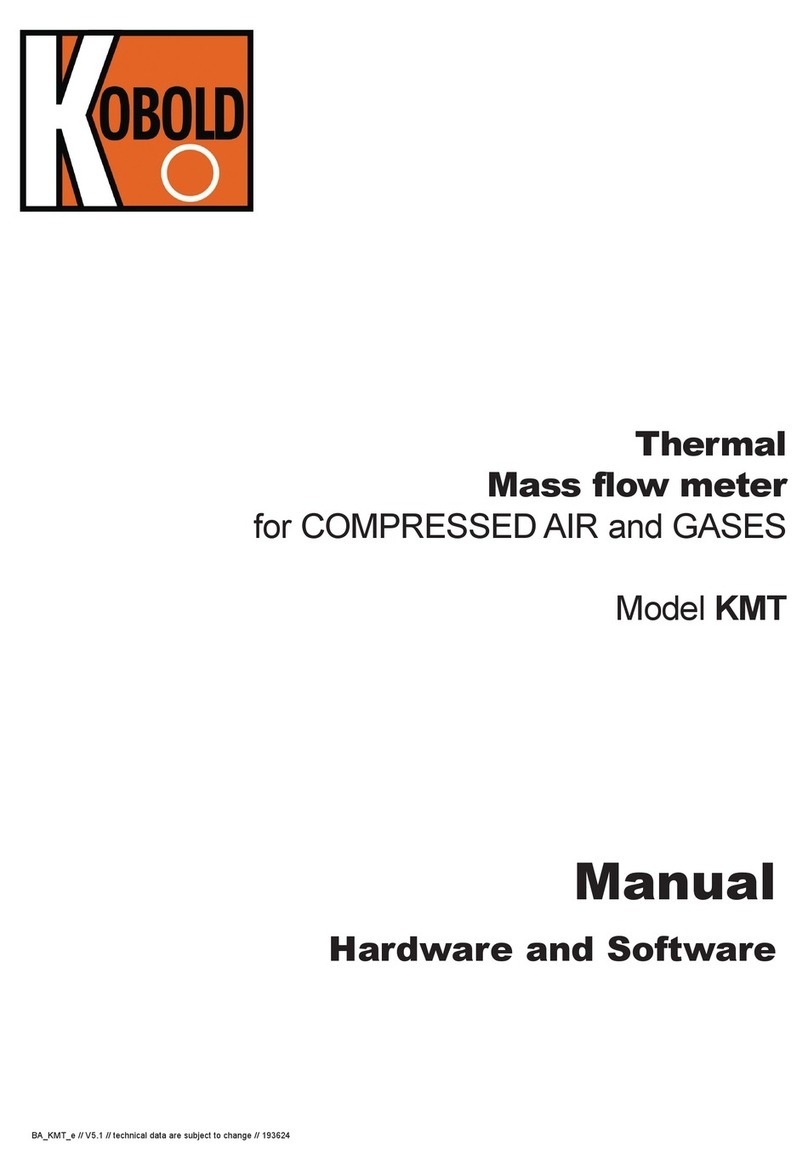
Kobold
Kobold KMT-1 User manual
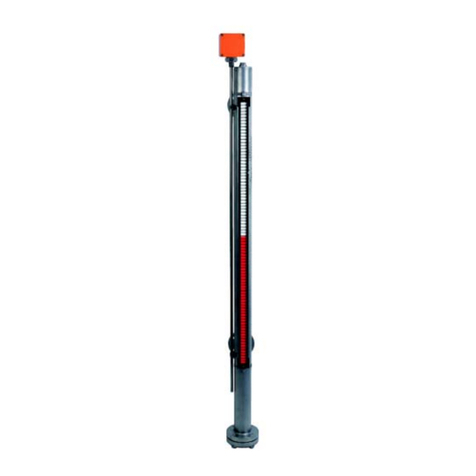
Kobold
Kobold NBK-ATEX Series User manual
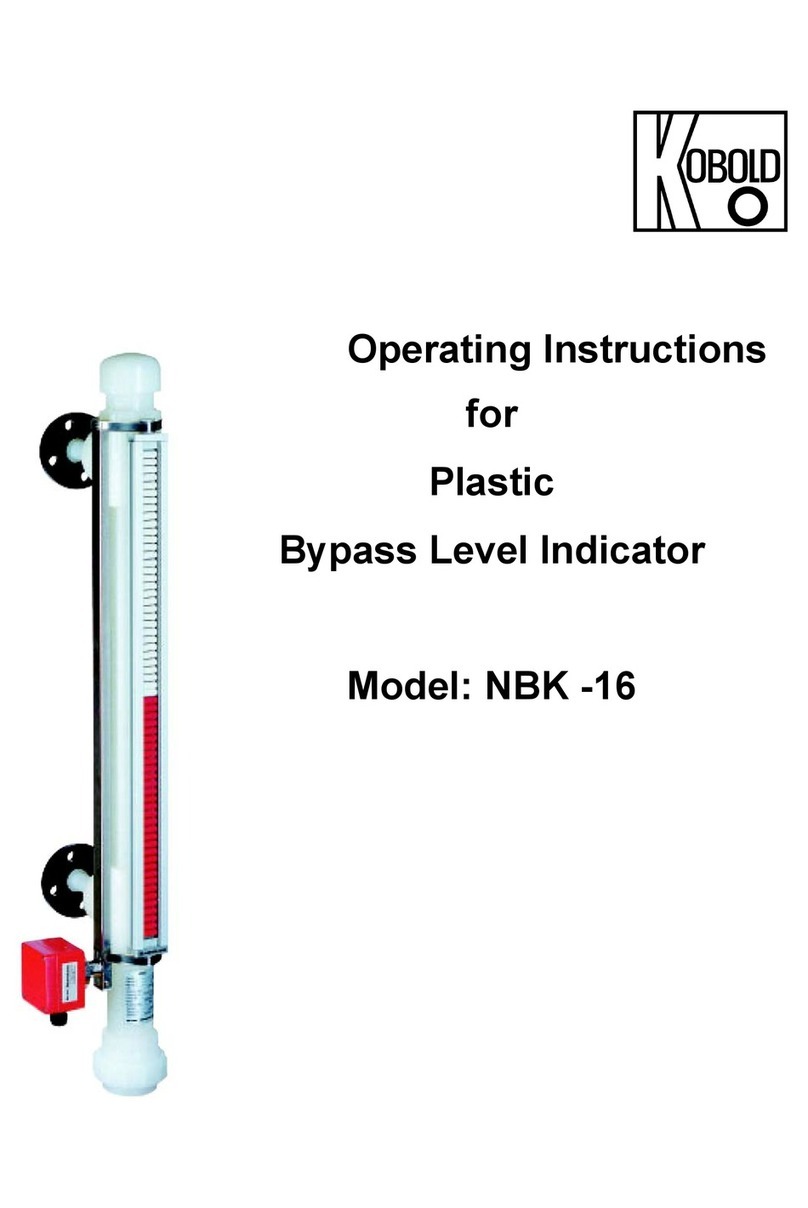
Kobold
Kobold NBK-16 User manual
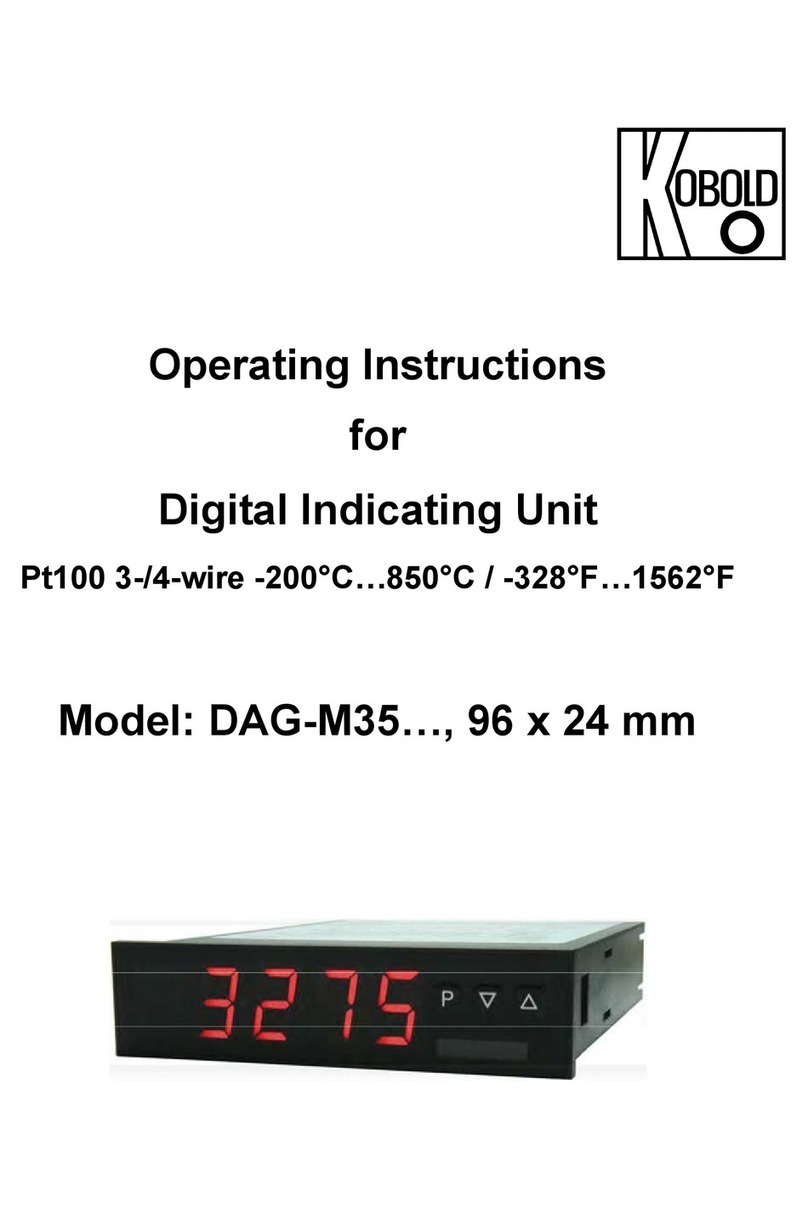
Kobold
Kobold DAG-M35 Series User manual
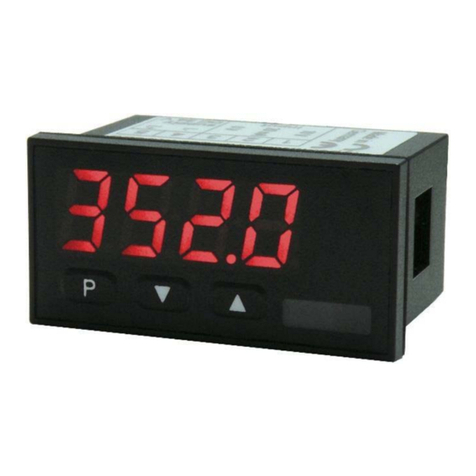
Kobold
Kobold DAG-A14 User manual
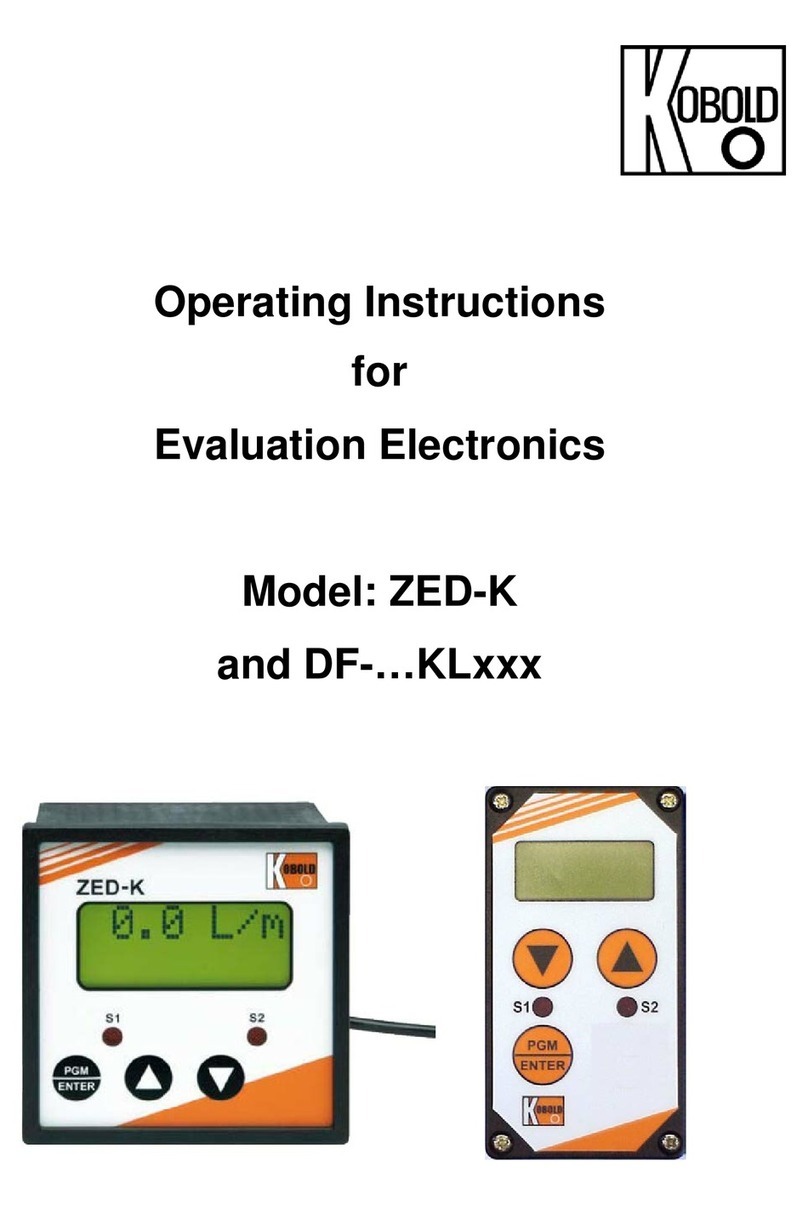
Kobold
Kobold DF KL Series User manual
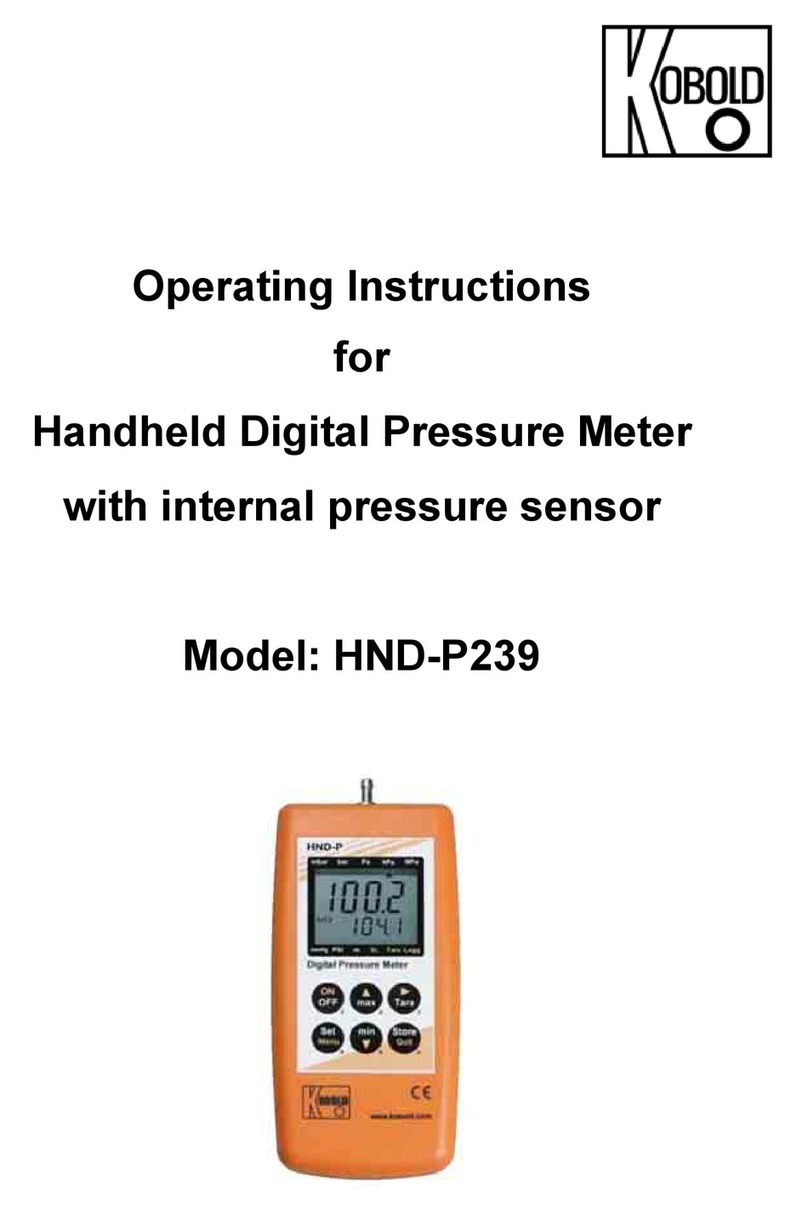
Kobold
Kobold HND-P239 User manual
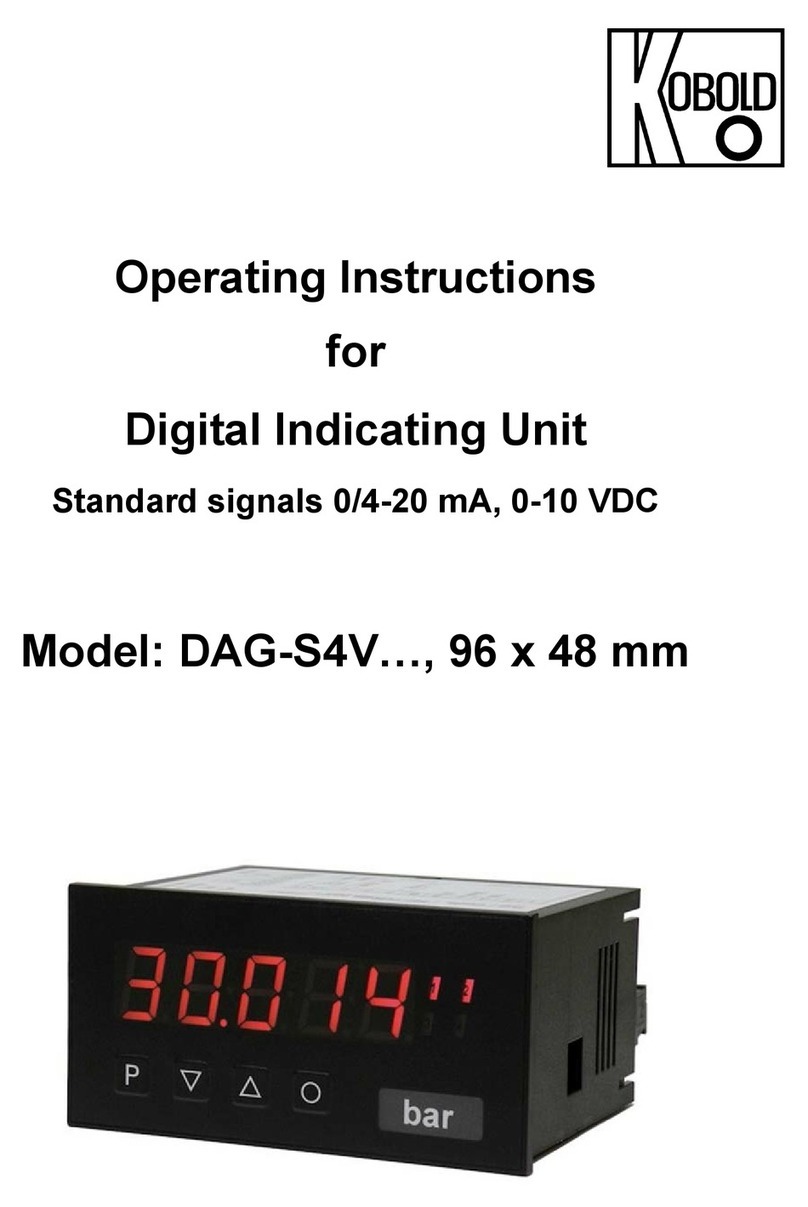
Kobold
Kobold DAG-S4V Series User manual
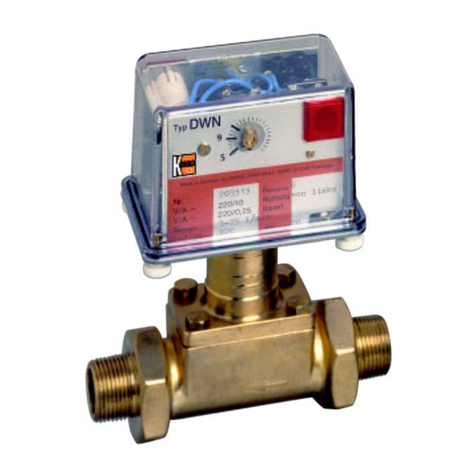
Kobold
Kobold DWU 5 Series User manual

Kobold
Kobold SWK 1201 User manual
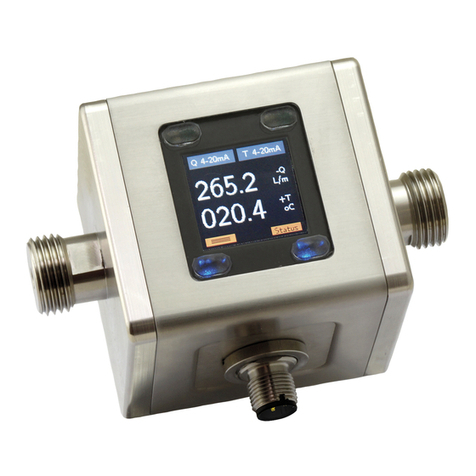
Kobold
Kobold MIM Series User manual
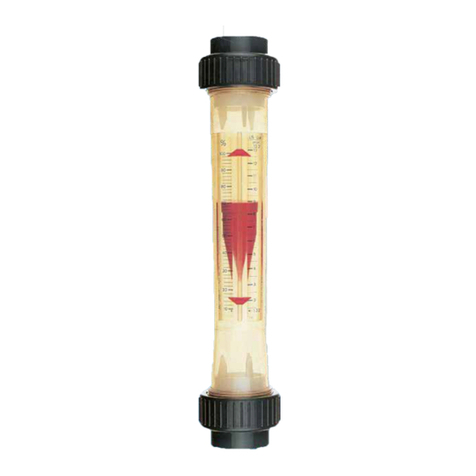
Kobold
Kobold KSM Series User manual
Popular Measuring Instrument manuals by other brands

Powerfix Profi
Powerfix Profi 278296 Operation and safety notes

Test Equipment Depot
Test Equipment Depot GVT-427B user manual

Fieldpiece
Fieldpiece ACH Operator's manual

FLYSURFER
FLYSURFER VIRON3 user manual

GMW
GMW TG uni 1 operating manual

Downeaster
Downeaster Wind & Weather Medallion Series instruction manual

Hanna Instruments
Hanna Instruments HI96725C instruction manual

Nokeval
Nokeval KMR260 quick guide

HOKUYO AUTOMATIC
HOKUYO AUTOMATIC UBG-05LN instruction manual

Fluke
Fluke 96000 Series Operator's manual

Test Products International
Test Products International SP565 user manual

General Sleep
General Sleep Zmachine Insight+ DT-200 Service manual
